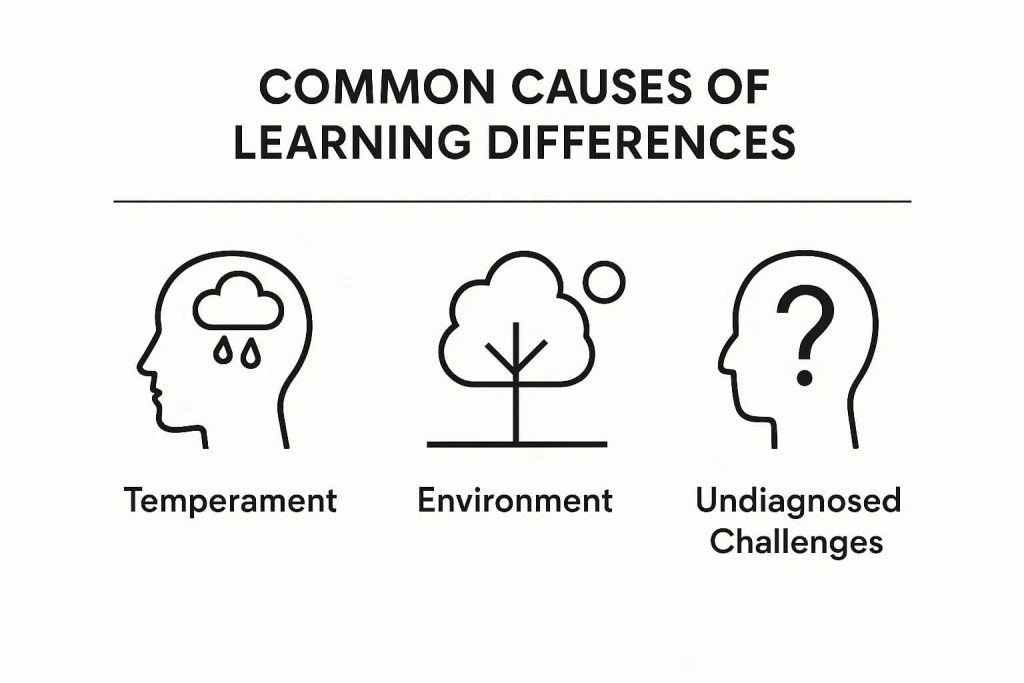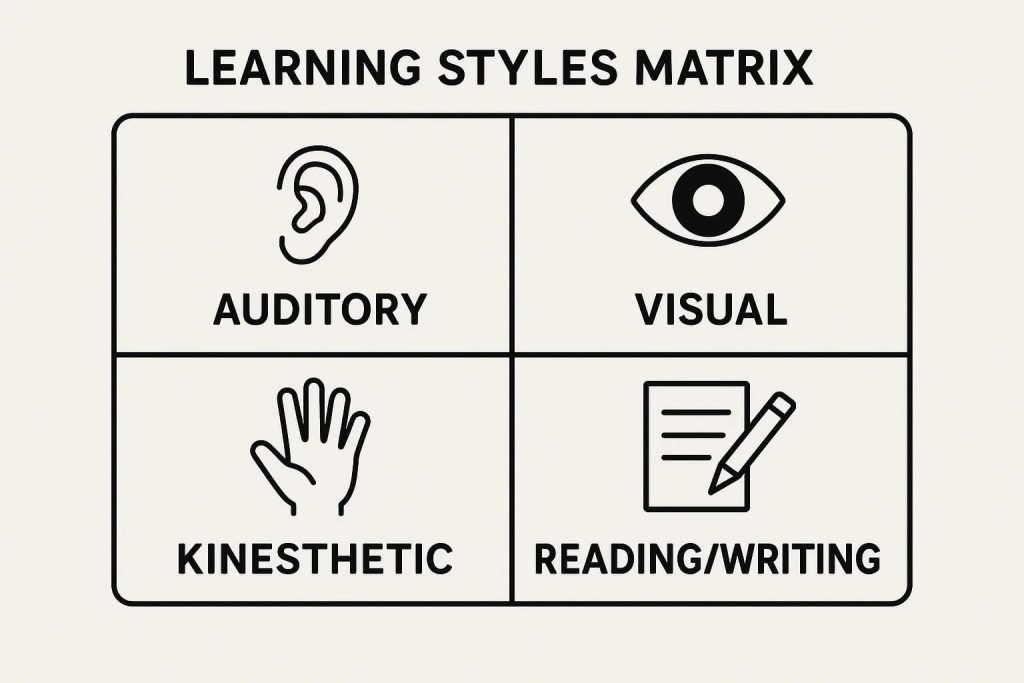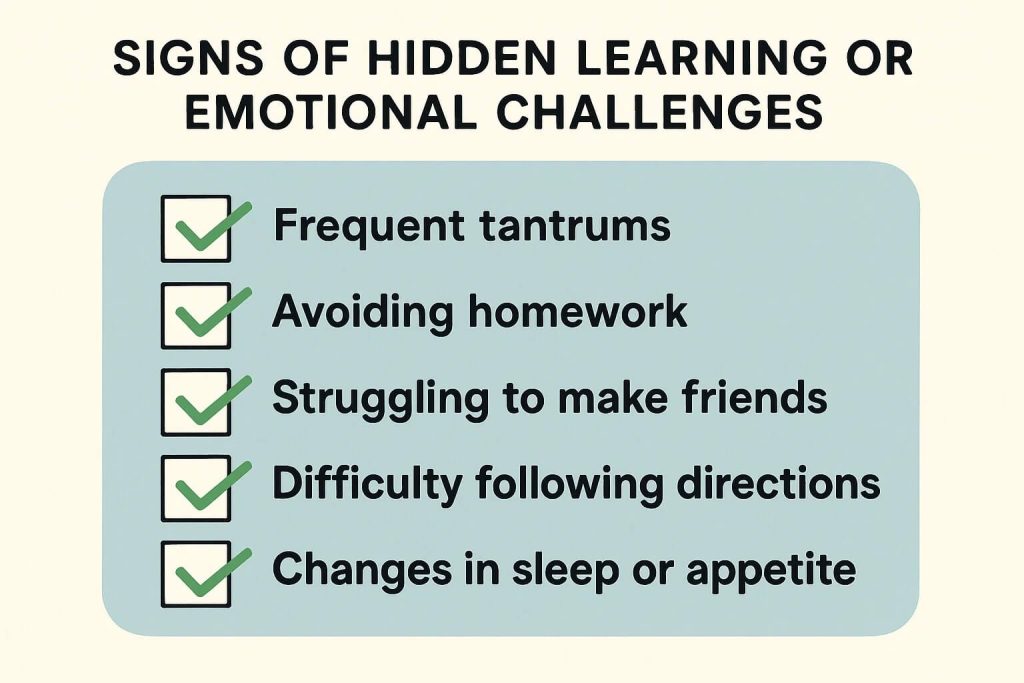It can be one of the more emotionally complex experiences in parenting: one child seems to be thriving, confident, achieving, and sailing through school, while their sibling faces setbacks, whether academically, socially, or emotionally. This contrast often leaves parents unsure of how to celebrate one child’s success while supporting the other’s struggles without comparison, guilt, or unintended imbalance.
If you’re navigating this situation, you’re not alone. Many families experience this dynamic, and it’s completely natural to feel a mix of pride, concern, and confusion. In this article, we’ll explore how to understand what’s behind these differences, offer support to both children in ways that meet their individual needs, and maintain harmony at home. With the right approach, each child can feel valued and empowered in their own unique journey.
Understanding the Root Causes of Diverging Paths
Every child develops at their own pace, and differences in progress are not only common—they’re expected. Understanding the reasons behind why one child might thrive while another struggles can help parents respond with insight rather than worry.
Temperament, Interests, and Learning Styles
Some children are naturally more curious, confident, or adaptable in certain settings, especially in academic environments. Others might be just as capable but need more time or a different approach to unlock their potential. For instance, a child with strong visual-spatial skills might flourish in creative subjects, while their sibling may prefer structured, language-based learning.

At our schools, we often see how recognising a child’s preferred learning style, whether kinesthetic, auditory, or visual, can transform their engagement with learning. As research suggests, a mismatch between a child’s strengths and how they’re taught can often be mistaken for lack of ability, when it’s really a matter of fit.
Environmental and Contextual Factors
Children are shaped not only by who they are but also by where and how they learn. A classroom environment that suits one child’s temperament might overwhelm another. The presence of a particularly inspiring teacher, a tight-knit peer group, or even changes at home, like a new sibling or a move, can influence how each child copes and performs.
Birth order can also subtly affect motivation and confidence. An older child may feel the pressure to lead, while a younger sibling may find themselves constantly comparing or struggling to keep up.

Hidden Learning or Emotional Challenges
Sometimes, the underlying reason for a child’s difficulty is less visible. Learning differences such as dyslexia or ADHD can go unnoticed for years, especially if the child is working hard to mask their struggles. Similarly, emotional challenges like anxiety may present as disengagement or poor performance in school.
Early identification is key. Partnering with teachers, school counsellors, or specialists can help uncover these challenges and provide targeted support, ensuring no child is left behind or misunderstood.

How to Support the Struggling Child Without Comparison
When one child appears to be falling behind, it’s easy to shift focus toward fixing the problem. But the way parents respond, particularly in how they speak and act around both children, can have a lasting impact on confidence, motivation, and family dynamics.
Build a Safe Emotional Space
Children who struggle often carry an emotional burden that’s invisible to others. They may already feel inadequate or discouraged, especially if they’re aware that a sibling is doing well. Parents play a vital role in creating a safe space where that child feels seen, heard, and accepted without conditions.
Try using phrases like “I noticed how hard you worked on that” instead of “Your sister finished this quickly.” Removing comparisons helps children feel valued for who they are, not how they measure up.
Tailored Support Strategies
Rather than focusing solely on outcomes, shift attention to the child’s learning process. Support might include working with a tutor, building routines that reduce overwhelm, or breaking tasks into manageable steps. Many schools within the AISL Mall network offer differentiated instruction or learning support services that tailor the learning experience to each student’s needs, which is an approach that has proven to boost both confidence and achievement.
Celebrate Progress, Not Just Results
Academic wins don’t always show up as top marks. For a child who finds reading difficult, finishing a chapter book or reading aloud in class can be a major achievement. By acknowledging these personal milestones, parents can help children shift from a fixed mindset to a growth mindset, where effort is linked to development, not failure.
Nurturing the Thriving Child Without Guilt
While much attention is often placed on supporting the child who is struggling, it’s equally important to ensure the thriving child continues to feel encouraged and emotionally supported, this is without being weighed down by guilt or pressure to overachieve.
Let Them Shine Without Pressure
Children who perform well may sense that they’re expected to “carry the flag” for the family or be a role model for their sibling. While this can be positive in moderation, it can also create pressure to maintain high standards at all costs. Encourage your child to enjoy their success without tying it to constant performance.
Reinforce Individual Identity
Strengthening the Sibling Relationship
When one child excels and the other struggles, sibling dynamics can quickly become strained. Left unaddressed, this can lead to resentment, jealousy, or disconnection. But with the right guidance, these relationships can grow stronger, not weaker.
Encouraging Empathy and Mutual Respect
Helping children understand each other’s experiences is key. Simple conversations about how everyone learns differently can foster empathy. For example, if one child finds reading easy while the other struggles with it, the thriving sibling can be encouraged to offer support without being made to feel superior.
Finding Balance as a Parent
Supporting children with different needs requires not only thoughtful parenting but also emotional awareness. Parents often carry the weight of expectation, guilt, or uncertainty when trying to meet each child where they are. Finding balance begins with caring for your own mindset.
Managing Your Own Emotions
It’s natural to feel pride in one child’s success and concern for the other. But these emotions can become tangled, especially when parents feel they’re not doing enough for the child who’s struggling. Reflecting on your feelings and recognising them without judgement is an important step. Talking with a partner, friend, or counsellor can also help release pressure and gain perspective.
Staying emotionally grounded allows you to respond rather than react. When children see that their parent is calm and supportive, they’re more likely to feel safe and understood.
Giving Each Child What They Need Rather What’s Equal
Fairness doesn’t mean doing the same for both children, as it means responding to their unique needs. One child may benefit from more academic help, while the other might need time to explore creative interests. What matters is that each child feels valued and supported in a way that suits them.

Making time for one-on-one conversations or outings with each child can reinforce that sense of personal connection. It reminds them that they’re appreciated not just as part of a sibling pair, but as individuals.
Seeking External Support When Needed
Sometimes, external support can make all the difference. If a child’s challenges are ongoing or unclear, speaking with a school counsellor, psychologist, or learning specialist can provide clarity and tools for moving forward. Many schools within the AISL Mall community have robust wellbeing teams and parent support services, offering practical resources to help families navigate these moments with confidence.










